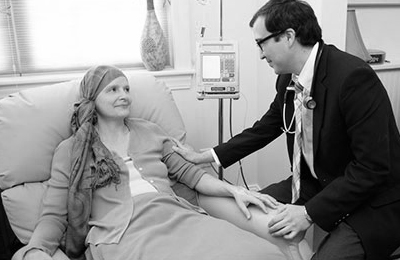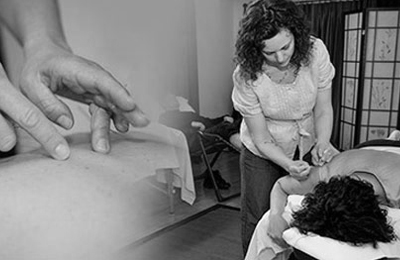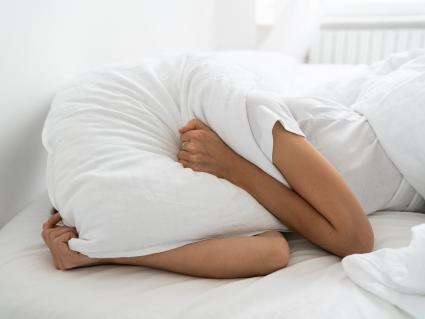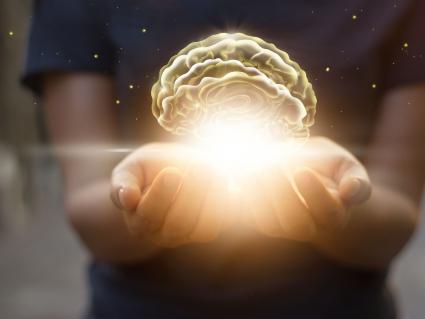Point of the Month: Spleen 6
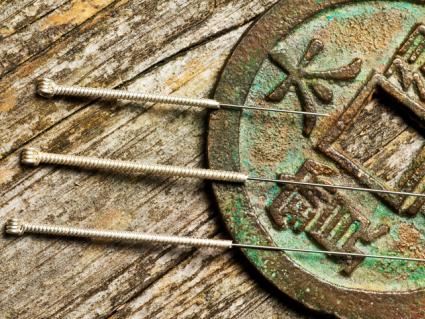
Spleen 6 for good digestion.
Considering American diabetes month this November, I’d like to share a little about how this disease is addressed within the Chinese medical system and about one of my favorite points.
Chinese medicine refers to diabetes as ‘Xiao Ke,’ which translates as wasting and thirsting disorder. In short, it is seen to affect the upper body as excessive thirst, the middle body as excessive hunger, and the lower body as excessive urination.
The pancreas is a critical organ as it pertains to diabetes, but Chinese medical books do not mention the pancreas, although functionally it is included within actions of the spleen. If you’ve ever been to an acupuncturist, you’ve likely heard him or her refer to the spleen. For the purposes of this article, the spleen will also include the pancreas.
The primary function of the spleen is to transform and transport the food and drink we consume into Qi—the vitality we need to feel alert and energetic and for all the processes that go on in our bodies to function properly. One of the most common presentations acupuncturists see in Americans is what we call spleen Qi deficiency. This mean the spleen (and pancreas, along with the stomach) are not breaking down and absorbing our food and drink, so we’re not extracting enough good energy to fuel our many bodily and daily activities. When the spleen is deficient, there is often fatigue, and there can be a heavy sensation in the body and/or limbs, weak muscles, loose stools or diarrhea, bloating after eating, unusual bleeding or bruising, excessive worry and/or feelings of depression. Along with positive lifestyle changes especially of good eating habits and diet, acupuncture and Chinese herbs can help to revive a weak spleen. Too many sweets and greasy foods will really damper the function of the spleen. Your acupuncturist can talk to you about nutritional support for healthy digestive functioning.
One of the most widely used acupuncture points is spleen 6, named ‘three yin intersection’ because the liver and kidney channels also pass through here. It is one of the primary points for digestive, gynecological, and urinary disorders, as well as emotional and sleep disorders. This point nourishes the spleen to help revive weakness of the organ, helps resolve dampness in the body presenting as that heavy feeling and edema/swelling in the legs, regulates urination when there is difficulty urinating, retention of urine, night time urination, painful or cloudy urine, and among many more things, this point can help cool the body and invigorate circulation. It also helps calm the mind for anxiety and insomnia. Because of its many actions, I use this point often in treatments.
You can find this point yourself by going to the inside of the leg, using the width of your four fingers above the high point of your ankle it is found in the soft part of the leg just behind the tibia bone. Find the tender-most spot and press.
Please note: do not use this point during pregnancy as this is one of the main points we use to help induce labor.
References:
A Manuel of Acupuncture, by Peter Deadman
Practical Therapeutics of Traditional Chinese Medicine by Yan Wu & Warren Fischer
The Foundations of Chinese Medicine by Giovanni Maciocia

